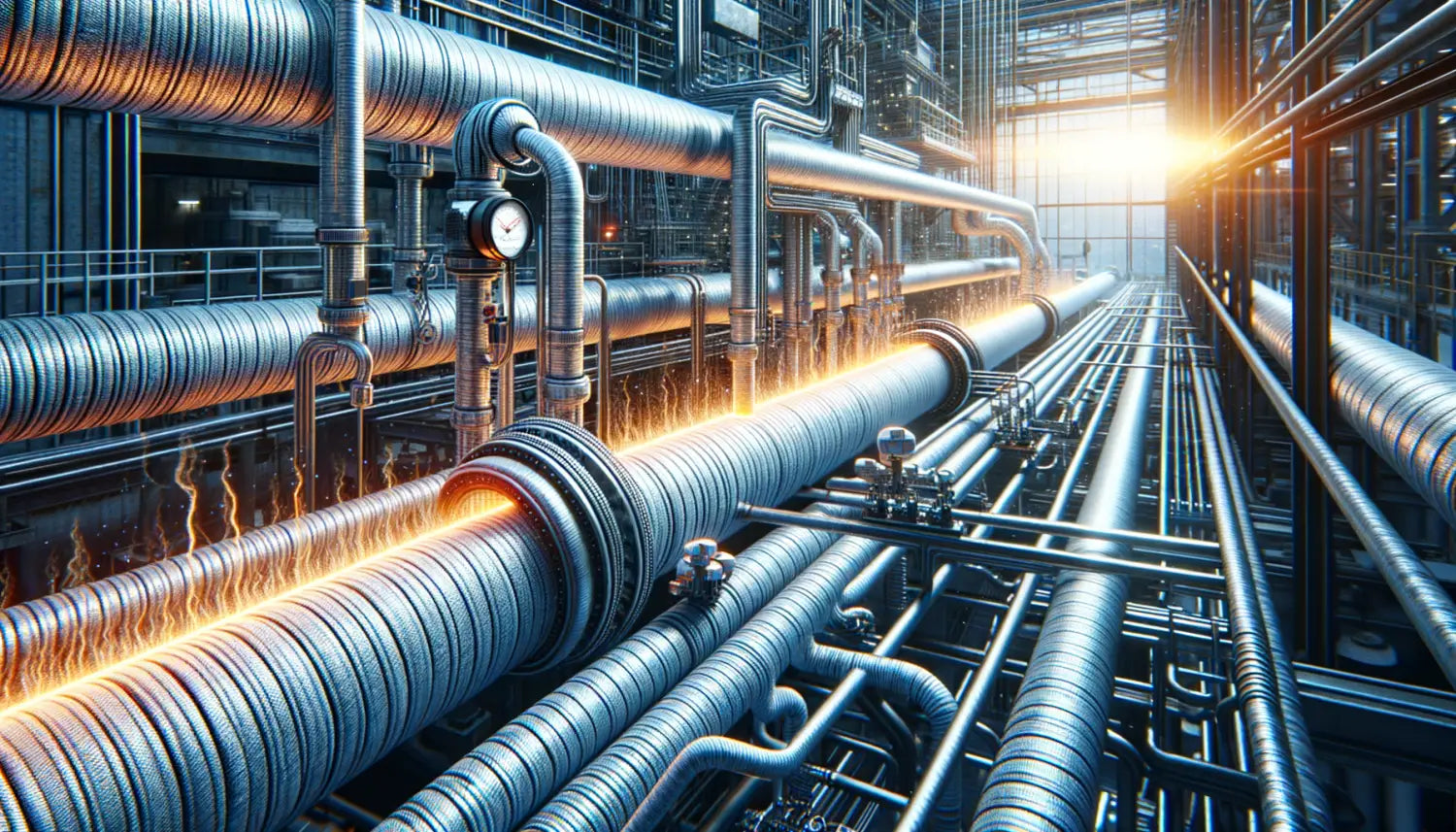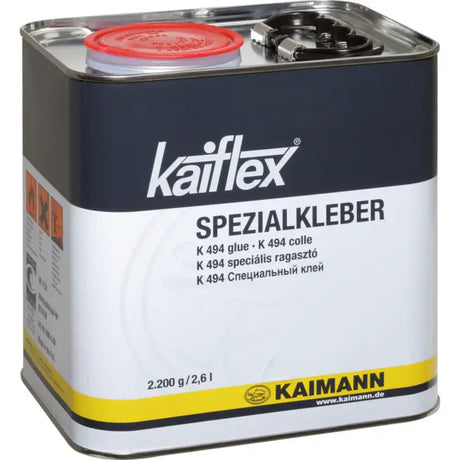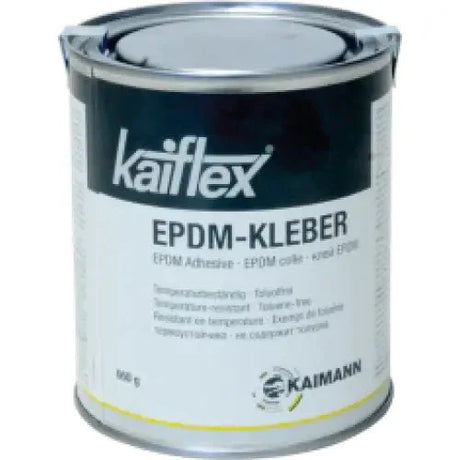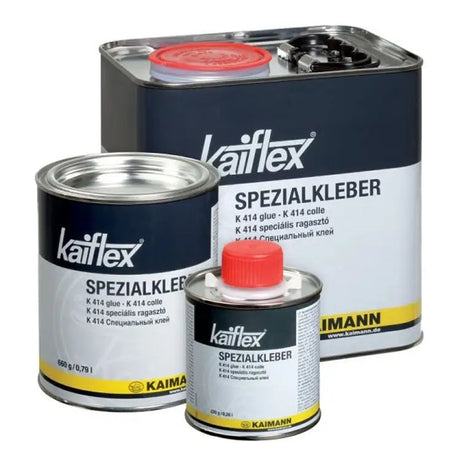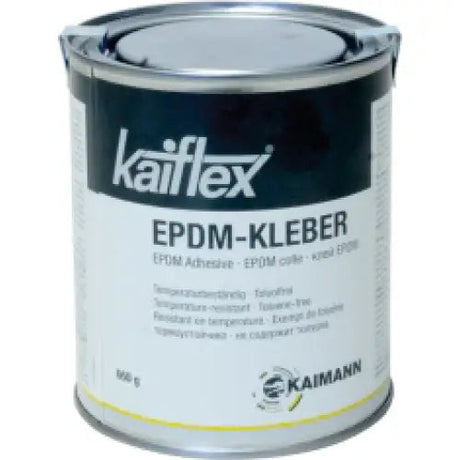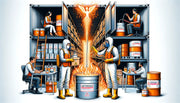Understanding Trace Heating Systems
Trace heating, also known as heat tracing, is a system used to maintain or raise the temperature of pipes and vessels. It's an essential technology in industries where transporting materials at specific temperatures is crucial. Trace heating counteracts heat lost through thermal insulation in a controlled way.
What is Trace Heating?
Trace heating applies electrical heating elements along pipes and vessels to maintain the material's temperature during transport. This technology is vital for materials that need to be kept above a certain temperature to remain fluid or to prevent freezing, such as in the case of water pipes in cold climates. Trace heating ensures the integrity and efficiency of industrial processes.
In homes, it's often used for maintaining temperatures in hot water systems, preventing freezing of outdoor pipes, and underfloor heating systems. Within industries, it serves critical roles in sectors like oil and gas, food and beverage production, and pharmaceuticals, to name a few. Pipes and vessels without an effective heating solution can hinder productivity and cause significant downtime when materials solidify or freeze.
The Components of a Trace Heating System
A complete trace heating system includes various components that work together:
- Heating cables: These are the core elements that generate heat when electric current passes through them.
- Insulation layers: To ensure heat is directed into the pipes rather than lost to the surroundings.
- Control systems: These are required to regulate the temperature and maintain it at a pre-set level.
- Connection kits and power supplies: Necessary for integrating the heating system with the existing infrastructure.
Different types of heating cables are available, each suited to a specific application or operational environment. The choice depends on factors like the temperature required, environmental conditions, chemical resistance needs, and energy efficiency goals.
Types of Trace Heating: Constant Wattage vs Self-Regulating
Constant wattage and self-regulating are the two primary types of trace heating systems. Constant wattage cables deliver a fixed amount of heat per unit length, regardless of the ambient temperature. These systems are straightforward but can be less energy-efficient as they continue to output the maximum heat even when it may not be needed.
Self-regulating trace heating cables, on the other hand, adjust their power output based on the surrounding temperature. This results in greater energy efficiency and less risk of overheating, which we will explore in more detail.
The Mechanism of Self-Regulation
Self-regulating trace heating represents a leap forward in heating technology. But to appreciate its benefits fully, we need to understand how it works. This section dives into the mechanics of self-regulation in trace heating systems.
Introduction to Self-Regulating Trace Heating
Self-regulating heating systems use specialized cables that adapt their heat output in response to the temperature surrounding them. This intelligent feature makes them suitable for various applications where maintaining specific temperature ranges is crucial, and it differs significantly from traditional constant wattage heating cables.
How Does Self-Regulation Work in Trace Heating Systems?
The Conductive Polymer Matrix
At the heart of self-regulating heating cables is a conductive polymer matrix. This matrix expands and contracts based on the temperature, changing the resistance of the cable and hence the heat output. As temperatures fall, the polymer contracts and allows more current to flow, increasing the heat output; conversely, as temperature rises, the polymer expands and inhibits electricity flow, reducing heating.
Electrical Response to Temperature Changes
This unique property of self-regulating cables means they respond dynamically to temperature changes without the need for external temperature sensors or control systems. The process is entirely physical and inherent to the material's properties, providing an automated response to the thermal environment.
The Science Behind Self-Regulation
The science driving the self-regulation of these cables can be complex, but the key point is that the conductive pathways in the polymer matrix are closer together at lower temperatures, which decreases resistance and allows more heat to be generated. As the temperature increases, the pathways move apart, increasing resistance and reducing heat output. This inherent self-regulation provides a feedback loop that helps maintain a consistent temperature.
The ability to self-regulate energy output based on environmental temperature makes these heating systems incredibly energy-efficient. By only using the minimum amount of energy needed to maintain the required temperature, they reduce waste and operation costs over time, which is a central benefit of this technology.
Benefits of Self-Regulating Trace Heating
The ability to automatically adjust power output makes self-regulating trace heating an advantageous solution in many scenarios. This section explores several key benefits of using self-regulating trace heating systems.
Energy Efficiency and Cost Savings
One of the primary advantages of self-regulating trace heating is the potential for substantial energy savings. Because these systems adjust their output according to the actual thermal conditions, they avoid unnecessary energy consumption that is typical of constant wattage systems.
Reducing Energy Waste
By precisely matching the power output to the requirements, self-regulating systems minimize energy wastage. This can be particularly beneficial in systems that operate 24/7 or in environments with fluctuating temperatures.
Impact on Utility Bills
The inherent energy efficiency of self-regulating trace heating translates directly to reduced operating costs. Reduced energy usage reflects on monthly utility bills, providing long-term savings that can be significant for industrial-scale operations.
Safety Enhancements
Aside from economic benefits, self-regulating trace heating offers improved safety features due to its ability to prevent extreme temperatures.
Preventing Overheating Risks
By automatically reducing heat output as temperatures rise, self-regulating cables reduce the risk of overheating, which can be a fire hazard and cause damage to the materials being heated.
Compliance with Safety Standards
Systems that ensure optimal operating temperatures without the risk of overheating are more likely to comply with safety standards and regulations, which is essential for maintaining certifications in various industries.
Reliability and Durability
Self-regulating trace heating systems are renowned for their reliability and long service life, making them a solid investment for critical applications.
Longevity of Self-Regulating Systems
The self-regulating mechanism significantly reduces the stress on the heating cables, often resulting in a longer operational lifespan compared to constant wattage systems.
Less Maintenance Requirements
The reduced need for external control systems and the inherent stability of the self-regulating technology mean that these systems require less frequent maintenance, further reducing operating costs and downtime.
Versatility Across Applications
Another significant advantage of self-regulating trace heating is its versatility and adaptability to a wide range of applications.
Adaptability to Different Environments
Whether it's utilized in outdoor settings where temperatures may vary drastically or in indoor controlled environments, self-regulating trace heating can adjust accordingly, making it suitable for almost any scenario where temperature maintenance is critical.
Industrial and Residential Applications
From protecting pipes against freezing in residential properties to maintaining the viscosity of industrial chemicals, these systems find use in a variety of contexts, showcasing their flexibility and broad applicability. Certain products, like vapour barrier insulation or polyurethane insulation, often pair well with self-regulating trace heating in specific applications to safeguard temperature-sensitive processes.
Implementing Self-Regulating Trace Heating
Installing self-regulating trace heating systems is a straightforward process that can yield significant benefits. Proper installation ensures efficient operation and longevity, which is why understanding the steps and best practices for implementation is essential.
Installation Process
The installation of self-regulating trace heating systems involves several key steps that must be followed to ensure optimal function and safety.
Preparation and Planning
Before the installation begins, it is crucial to prepare the surface and plan the layout of the heating cables. This includes cleaning the pipe or vessel surfaces and selecting the appropriate type of self-regulating cable for the specific requirements. Good preparation prevents future issues and ensures that the system will operate as intended.
Steps for Installing Self-Regulating Trace Heating
The installation steps typically include:
- Measuring and cutting the heating cable to the required length.
- Attaching the heating cable to the pipes or vessels using application-specific fixings and accessories.
- Connecting the cables to the power source, often using specialized trace heating boxes for junctions and terminations.
- Applying pipe insulation to conserve heat and improve efficiency.
- Installing control systems, if separate, to monitor and manage the temperature more precisely.
Following the manufacturer’s instructions is vital during installation to ensure the system operates safely and efficiently.
Optimization Tips
After installing your self-regulating trace heating system, consider the following tips to optimize its performance.
Maximizing Energy Efficiency
To maximize energy efficiency:
- Combine the heating system with high-quality insulation, such as polyurethane insulation or vapour fas cladding, which can greatly improve heat retention.
- Use a thermostat or control system to fine-tune the temperature settings according to actual need.
- Regularly inspect the system to ensure that it is operating correctly and that no part of the heating cable is damaged or exposed.
Ensuring Effective Temperature Maintenance
The goal of any trace heating system is to maintain the appropriate temperature for the materials being transported. For self-regulating systems, effective temperature maintenance is achieved by allowing the system's self-regulating capability to respond to temperature changes without manual intervention.
Common Misconceptions Debunked
Self-regulating trace heating systems are sometimes misunderstood. Below we clear up some of the most common misconceptions.
Myth vs. Reality in Trace Heating
-
Myth: Self-regulating cables can't overheat.
- Reality: While less likely, they can still overheat if not used as intended or if external factors cause abnormal conditions.
-
Myth: Self-regulating systems are maintenance-free.
- Reality: They require less maintenance but should still be inspected regularly for any signs of wear or damage.
-
Myth: They are too expensive for residential use.
-
Reality: The initial investment is higher, but the energy savings and reduced maintenance costs can make it a cost-effective choice in the long term.
It is important to research and consult with professionals to understand the capabilities and limitations of self-regulating trace heating systems fully.
Conclusion: Embracing the Benefits of Self-Regulation
In conclusion, self-regulating trace heating systems represent a sophisticated solution to maintaining temperatures in pipes and vessels. With their ability to respond to temperature changes, reduce energy consumption, enhance safety, and decrease maintenance requirements, they offer several compelling benefits worth considering for both industrial and residential applications. Whether used in conjunction with adhesive tape for pipe and duct lagging or as part of a comprehensive industrial setup, they are a versatile option suited to a wide range of needs.
Modern facilities and homes can significantly benefit from the self-regulating properties of these heating systems. By selecting the appropriate trace heating products, such as specific trace heating cables and utilizing mastics, sealants, and coatings for protection, users can ensure long-term efficiency and reliability. The integration of self-regulating trace heating within temperature-sensitive applications underscores a commitment to quality, safety, and efficiency that is central to successful operations in a variety of fields.
Ultimately, as our understanding and technology continue to improve, the role of self-regulating trace heating systems is likely to expand, bringing its benefits to an even broader range of applications and users. For those looking to learn more about the different types of heating solutions available, exploring resources like electric trace heating basics and zone heating solutions can provide valuable insights into how to best harness this technology for their specific needs.

